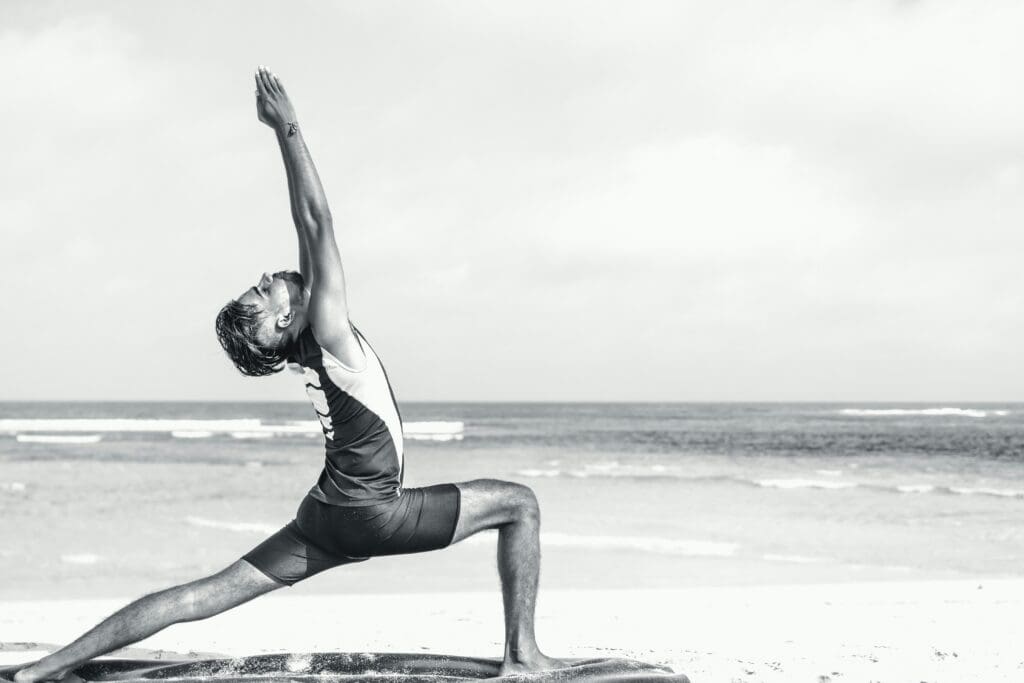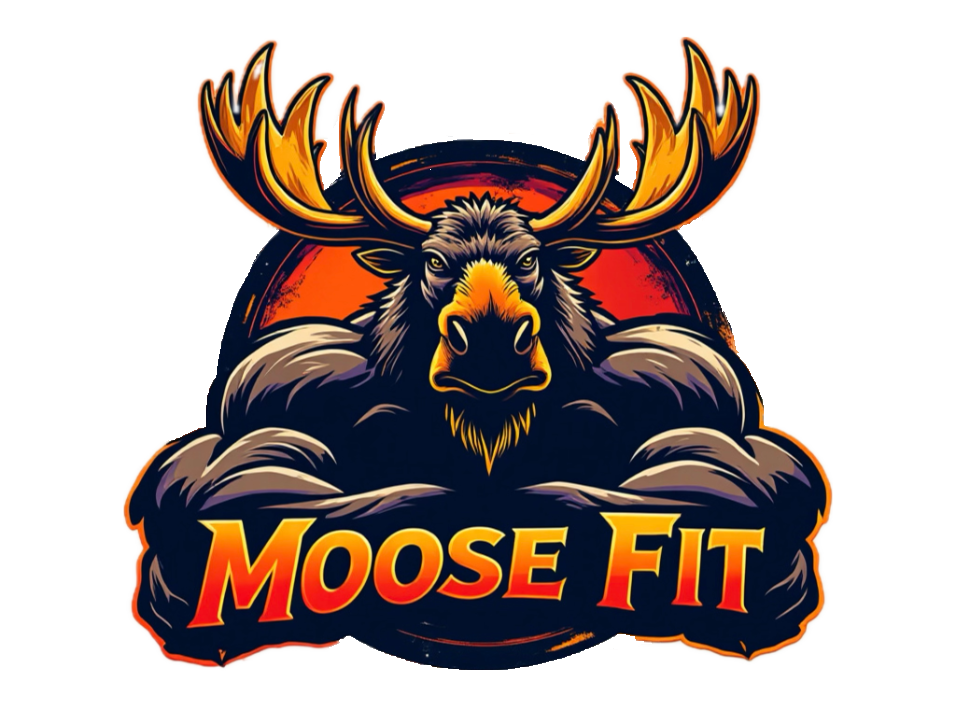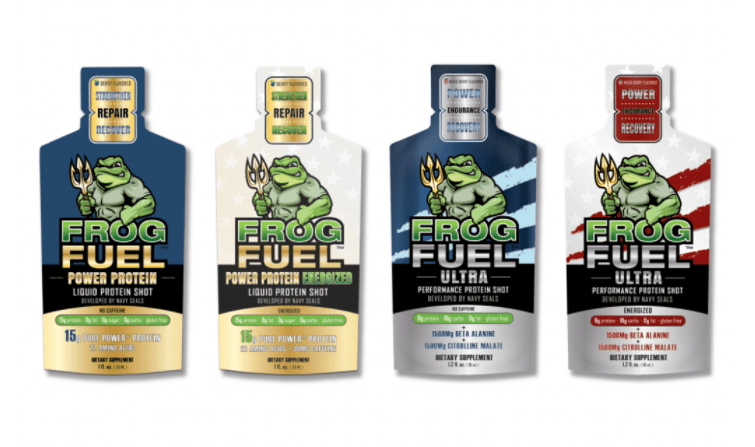In an enlightening discussion with former University of Tennessee at Chattanooga track coach and Baylor School track and cross-country coach Bill Gautier, we delved into his unconventional views on stretching.
This candid discussion with Coach Gautier sheds light on a pragmatic approach to warming up and stretching, debunking some longstanding myths and encouraging runners to think differently about their routines. Here’s what Coach Gautier shared:
Host: “I have former UTC track coach and current UH Baylor track and cross-country coach Bill Gautier, and we are going to talk about a view he has about stretching that I had not previously heard before. But it’s kind of eye-opening. What do you think about that, Coach?”
Coach Bill Gautier: “Well, I think a lot most days, and sometimes I even act on those thoughts. Stretching, though, has never been that important to me. I went to college and earned a degree in exercise physiology, where I did a thesis on stretching versus not stretching. The bottom line? Everyone’s born different. Some people might need to stretch, but if you warm up correctly, a slow ballistic warm-up makes stretching somewhat a waste of time.”
Coach Gautier explained his approach:

“I believe in what we call drills. Many people refer to them as ABC drills, but I call them ‘kick your butt,’ ‘ drum major,’ and similar names. We do those drills and start with slower strides, gradually increasing in speed. This way, we engage our cardiovascular system while warming up. Stretching cold muscles is like stretching a cold rubber band – it’s not effective or beneficial.”
The coach continued with insights on common practices:
“I’m an old guy, and I see many peers with knee issues, partly due to outdated stretching practices. For example, the hurdle stretch isn’t practical – when’s the last time you ran with a straight leg? Instead, I bend my knee when I stretch because that mimics my running form.”
Coach Gautier’s philosophy extends to post-run practices too:
“Even after a run, I don’t see much point in cooling down unless it’s a social activity. Many injuries happen during cool downs due to fatigue and lack of attention. I’d rather do a few 30-40 meter strides to work out the full range of motion. For sedentary individuals, it’s more effective to start with walking, then walk faster progressively. There’s no point in stretching cold muscles and risking injury.”
He emphasized practicality over rigidity:
“I’ve coached for over 40 years, and sometimes, walking fast can be more effective than a slow jog. Keep your form and focus on progressive improvement. Try that with your group and see the results.”
Host: “Thank you, Coach. Great advice. The main takeaway is to avoid injury so you can keep running for life. Thanks for your time!”
Disclaimer
The information provided on this website is for general informational and educational purposes only and is not intended as medical advice, diagnosis, or treatment. Always consult a qualified healthcare professional before starting any fitness program, changing your diet, or making decisions regarding your health.
The content on this website is based on personal experiences, research, and general wellness principles but may not be suitable for everyone. Results may vary, and individual health circumstances should always be considered.
We strive to provide accurate and up-to-date information, but we make no guarantees regarding the completeness, reliability, or effectiveness of any advice, workouts, nutritional guidance, or other recommendations found on this site. We are not responsible for any injuries, health complications, or adverse effects resulting from the use of information provided here.
By using this website, you acknowledge and accept that you do so at your own risk. If you experience any discomfort or medical concerns, discontinue any activity immediately and seek professional guidance.




Leave a Reply